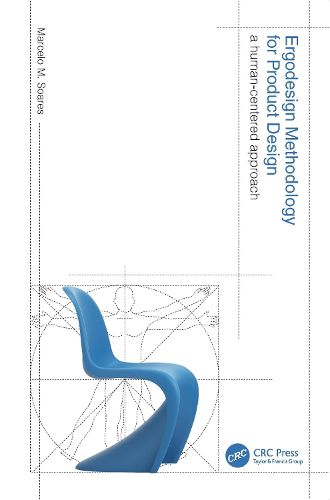Readings Newsletter
Become a Readings Member to make your shopping experience even easier.
Sign in or sign up for free!
You’re not far away from qualifying for FREE standard shipping within Australia
You’ve qualified for FREE standard shipping within Australia
The cart is loading…






This book presents a co-design detailed methodology that will enable the reader to develop human-centered product designs, considering the user's needs, skills, and limitations.
The purpose of this book is to produce an ergonomic design methodology in which the "user's voice" can be translated into product requirements in a way that designers and manufacturers can use, characterizing it as a co-design methodology. It discusses important topics including ergonomics and product design, design specifications, project evaluation, modeling and prototyping, product safety, human error, kansei/affective engineering, usability and user experience, models of usability, methods for research and evaluation of usability, methods for evaluation of user-experience, preliminary strategic design planning, detailing design, and design, ergonomic and pandemics.
The book offers a human-centered design methodology that allows the reader to carry out analysis and design projects for both products aimed at the disabled user population and those that serve the general population. It will be a valuable reference text for undergraduate and graduate students and professionals in the fields of ergonomics, design, architecture, engineering, and related fields. It can also be used by students and professionals of physiotherapy and occupational therapy interested in designing products for people with special needs.
$9.00 standard shipping within Australia
FREE standard shipping within Australia for orders over $100.00
Express & International shipping calculated at checkout
This book presents a co-design detailed methodology that will enable the reader to develop human-centered product designs, considering the user's needs, skills, and limitations.
The purpose of this book is to produce an ergonomic design methodology in which the "user's voice" can be translated into product requirements in a way that designers and manufacturers can use, characterizing it as a co-design methodology. It discusses important topics including ergonomics and product design, design specifications, project evaluation, modeling and prototyping, product safety, human error, kansei/affective engineering, usability and user experience, models of usability, methods for research and evaluation of usability, methods for evaluation of user-experience, preliminary strategic design planning, detailing design, and design, ergonomic and pandemics.
The book offers a human-centered design methodology that allows the reader to carry out analysis and design projects for both products aimed at the disabled user population and those that serve the general population. It will be a valuable reference text for undergraduate and graduate students and professionals in the fields of ergonomics, design, architecture, engineering, and related fields. It can also be used by students and professionals of physiotherapy and occupational therapy interested in designing products for people with special needs.